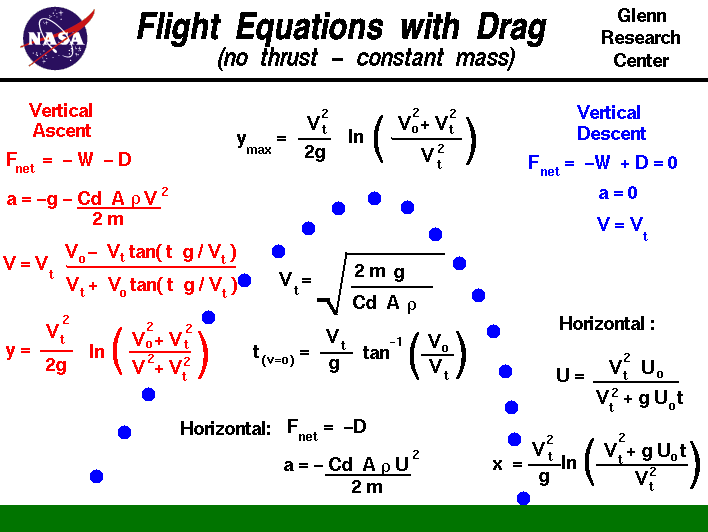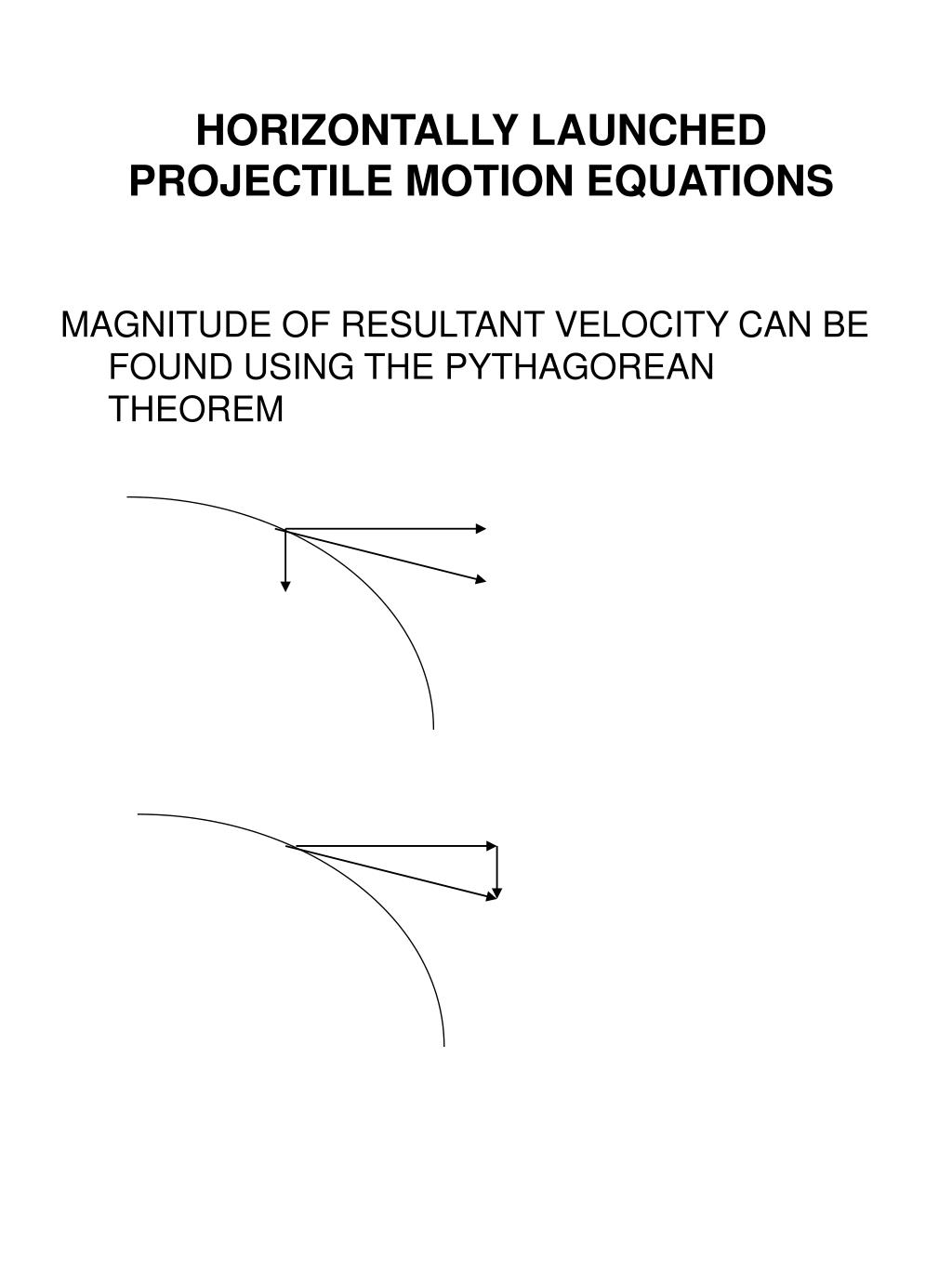
That is, the flight time is the time required for the height to become 0 (the projectile reaches the ground). It is calculated for y = 0, the vertical component of the position. From that time, and from the equations of position, we can calculate the distance to the origin in the both axes, the x-axis and y-axis. Starting from the equation of velocity in the y-axis, and making v y = 0, we get the time t that it takes the body in get to this height. This value is reached when the velocity in the y-axis, v y , is 0. On the other hand, frequently in exercises, you would be asked for some of the following values. On the other hand, to know which trajectory the body follows, that is, its equation of trajectory, we can combine the above equations to eliminate t, getting:Īs expected, this is the equation of a parabola. If each car is 2.The equation of position of the projectile motion is given by: A ramp is setup on the other side of the cars, also inclined at 18 0. In a monster truck show ( use this YouTube video for reference ), a truck is set to “jump” over several cars lined up side-by-side by racing up a ramp inclined at 18 0 to the horizontal at a speed of 40 m/s. Try some of Galileo's famous experiments with falling objects.
#ADVANCED PROJECTILE MOTION EQUATIONS FREE#
Substitute the acceleration a with g (where g = - 9.8 m/s 2) when dealing with free fall or projectiles. Use Pythagoras' Theorem to find the magnitude of V tot. This gives you the instantaneous velocity at any point along the trajectory of the projectile This gives you the initial vertical velocity This gives you the initial horizontal velocity This equation can also be rearranged to solve for time - use the quadratic formula to get the final answer. To find the maximum height substitute V y = 0 at any other point use t to find the height of the projectile. The Range (R) is the maximum horizontal distance: The horizontal distance is calculated by: (use in non-accelerated motion conditions only) The horizontal velocity of a projectile is always constant

Projectile Motion equations and Linear Motion Equations

These are given so that you can identify the correct conditions to use each equation in solving problems. See illustration below.Įquations of motion relating to projectiles a y = -9.8 m/s 2).Īt the top of its flight (at t 1/2), the slope of the tangent to this parabola is zero, therefore the vertical velocity V y at that point is zero.Ī projectile launched at angle and an object dropped at the same time from the same height, will reach the ground at the same time. The vertical velocity V y, is affected by gravity - it is positive but decreasing for the first part of the trajectory and negative but increasing for the second part of the trajectory.

The horizontal velocity V x, is always constant - not affected by gravity (i.e. Important Physics principles of projectiles:



 0 kommentar(er)
0 kommentar(er)
